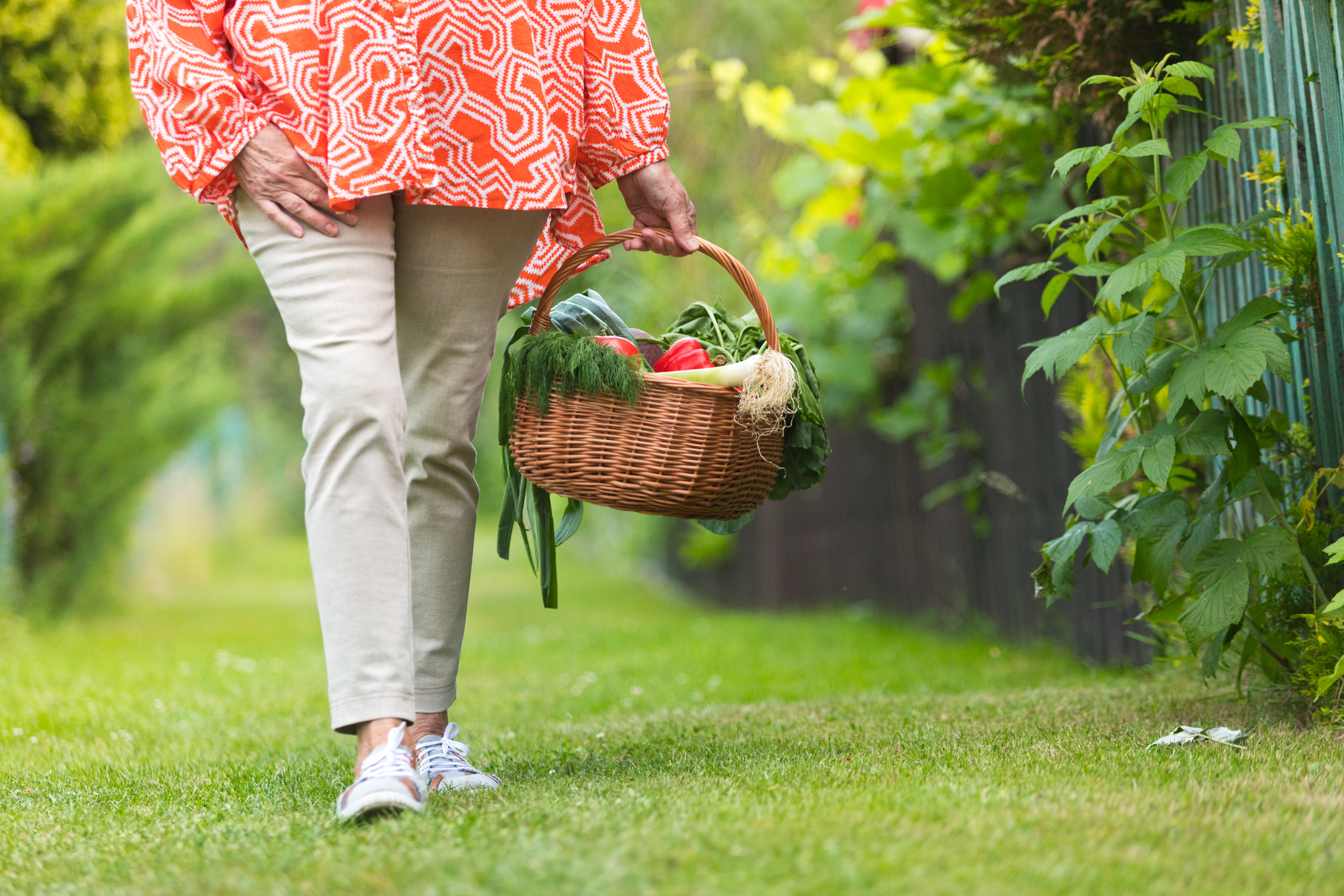Get Easy Health Digest™ in your inbox and don’t miss a thing when you subscribe today. Plus, get the free bonus report, Mother Nature’s Tips, Tricks and Remedies for Cholesterol, Blood Pressure & Blood Sugar as my way of saying welcome to the community!
How to eat the real paleo diet

One of the chief objections people raise to the paleo diet centers on the fact that our food has changed irretrievably since paleo times. They don’t believe that you can eat a real paleo diet since our meats and produce aren’t identical to what was available during paleo times.
They’re missing the real purpose of the paleo diet.
The more things change
Of course food today isn’t the same as it was 10,000 years ago when farmers started to grow grain in large fields, altering civilization and the human diet. Food isn’t even the same as it was thirty years ago.
Paleo enthusiasts avoid wheat and the other grains that have become well-established staples for most people. No one seriously argues that the foods hunted and gathered before farming arrived can be resurrected for a modern food plan.
The real establishing principle of the paleo diet, the way I see it and live it, is that it centers on the real foods that are available today. The whole point is to eat the foods that are natural to the human body and eschew the ones that are not. That’s why we focus on organic fruits, vegetables, pasture-raised meat, wild-caught fish, seeds and nuts. You forgo the colorfully packaged processed snacks and fast food because they are not natural to us. They resemble nothing that grows in nature.
Interestingly, while a lot of dietitians apparently object to the paleo diet because they think it’s too faddish, when they look at the details of the diet – its wealth of nutrients along with its paucity of foods that contain too much sugar, damaged fats and calories – they usually admit that it isn’t the peculiar, cultish activity they presumed.
Paleo adventures
Consider the experience of Holly Layer, a fledgling registered dietitian, who discusses her paleo experience on the website of The Buffalo News.
Initially, in her discussion, she’s a bit snarky about paleo: “We don’t live anything like cavemen used to live (can we say indoor plumbing, driving cars and Netflix?), so why should we EAT the way early man ate? I’m willing to bet they’d gladly give up foraging and hunting in favor of raiding a well-stocked fridge and pantry.”
Personally, I wouldn’t bet that people from 10,000 years ago would be so quick to trade in their way of life for what’s become of the planet today. But that’s another story.
However, when Layer and her husband do a three-week tryout of paleo eating, she changes her tune.
First off, after a few days of eating paleo, she was “surprised at how much we liked it” even though “as a soon-to-be RD, it also pains me to give credit to a ‘fad diet’ of any sort.”
Fortunately, it’s a pain she and hubbie are able to quickly shrug off: “We both lost a few pounds, felt great and had fun.”
Gee, that sounds awful for a faddish diet that is healthier than the over-processed foods that 98 percent of Americans eat. (OK, I made up that 98 percent figure. But I would bet that it’s pretty close to the truth, given the long lines I always see at fast food emporia.)
As Layer explains: “…the ‘Standard American Diet’ contains upwards of 20 teaspoons of added sugar per day, which equates to about 350 extra calories and is about 25 percent of our daily intake. Whoa.”
Layer’s article make it pretty plain that despite her initial reservations, she has put aside her qualms about the “faddish” paleo diet and has recognized its benefits.
Layer wrote, “…be sure to eat real food. Focus on lean proteins, healthy fats, and load up on fruits and veggies.”
She’s not exactly right, because as you know, eating the natural fats that go along with animal proteins are an important part of the paleo diet. The modern diet tells you to fear fat, as if it’s going to congeal in your arteries like it does in a pipe. But that’s not how the body works. Fat is a source of energy and one of our three macronutrients. It’s essential. The paleo diet is the opposite of fat-free modern eating advice.
But aside from that, she gets the general point – the most important aspect of eating paleo is the fact that you are eating real food, not food company nutrient-free formulations that resemble food.
And if those fruits and veggies aren’t exactly identical to what men and women were devouring 10,000 years ago? That hardly matters. What matters is that they are natural to your body. Your body was designed to eat them and we have evolved to use those nutrients for our health.












